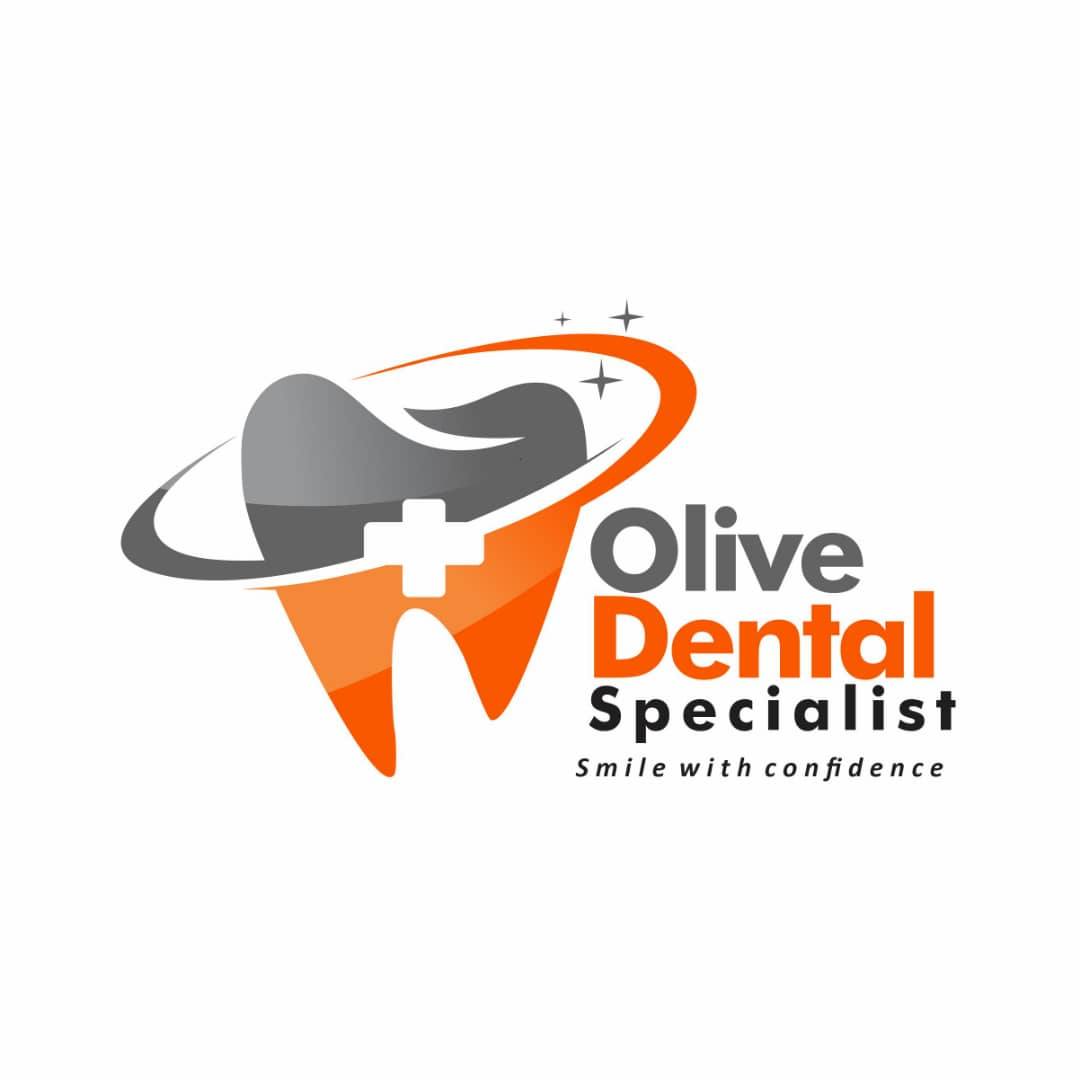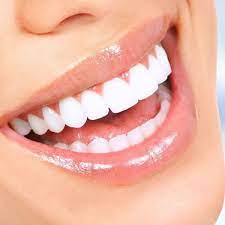A bright, radiant smile is often associated with health, confidence, and beauty. It’s no surprise that millions of people turn to teeth whitening to enhance their appearance and boost their self-esteem. From over-the-counter products to in-office treatments, teeth whitening has become a common cosmetic dental procedure. However, while it’s tempting to jump on the bandwagon for a dazzling smile, it’s equally important to understand the potential pitfalls that can compromise both your oral health and the effectiveness of the whitening process.
At Olive Dental Clinic, we are committed to providing comprehensive dental solutions that improve oral health and confidence. That includes helping you achieve whiter teeth in a safe, effective, and lasting way. In this post, we’ll walk you through seven common teeth whitening mistakes you should avoid—and explain how to do it right.
1. Not Consulting Your Dentist Before Whitening Your Teeth
One of the biggest mistakes people make is attempting to whiten their teeth without first consulting a dental professional. It’s easy to be tempted by advertisements for quick-fix whitening products or DIY remedies, but skipping a dental consultation can lead to unnecessary risks.
Your dentist understands your oral health history and can assess whether you’re a good candidate for teeth whitening. For instance, individuals with crowns, veneers, fillings, or sensitive teeth may need a customized approach. Porcelain or composite restorations do not respond to whitening agents, meaning they could end up appearing darker than your newly whitened natural teeth.
By consulting your dentist, you can also uncover underlying oral health issues—like cavities, gum disease, or enamel erosion—that may need attention before starting any whitening procedure. Attempting to whiten compromised teeth can worsen the problem and cause pain or long-term damage. Always take the safe route: consult your dentist first.
2. Using Whitening Agents Daily
In pursuit of faster results, some individuals turn to daily use of whitening agents such as toothpaste, gels, or strips. However, this approach can do more harm than good. Most over-the-counter whitening products contain abrasive ingredients like silica or activated charcoal that help remove surface stains but also wear away enamel when used too frequently.
Enamel is the protective outer layer of your teeth, and once it’s eroded, it doesn’t regenerate. This can lead to increased tooth sensitivity, gum irritation, and a higher risk of cavities. Using whitening products daily amplifies these risks and may even result in teeth appearing more yellow over time as the underlying dentin becomes more exposed.
The right approach is moderation. Use whitening toothpaste two to three times a week and always opt for products approved by your dentist. Better still, ask your dental professional for fluoride-based toothpaste that supports overall oral health while helping to maintain whiteness.
3. Not Brushing or Flossing Before Whitening
Another common mistake is neglecting to clean your teeth properly before whitening. Whitening agents work best when applied to clean surfaces, free of plaque, tartar, or food particles. If you apply whitening products to unclean teeth, the whitening process may be uneven or ineffective.
Make sure to brush and floss thoroughly before using any whitening product. Doing so ensures that the agent contacts the enamel directly, producing more even and noticeable results. Think of it this way: you wouldn’t paint a dirty wall and expect it to look perfect—your teeth are no different.
Also, do not skip regular professional cleanings. These appointments allow your dentist to remove built-up plaque and tartar that brushing alone can’t eliminate, thereby creating the best conditions for successful whitening.
4. Consuming Acidic Foods After Whitening
Teeth whitening treatments, especially those involving bleaching agents like hydrogen peroxide or carbamide peroxide, can leave your teeth temporarily more porous and sensitive. During this window, consuming acidic foods and drinks—such as citrus fruits, soda, wine, or vinegar-based dressings—can heighten sensitivity, irritate gums, and even lead to enamel erosion.
It’s best to avoid acidic substances for at least 24 to 48 hours after whitening your teeth. Opt instead for neutral or alkaline foods such as dairy products, bananas, eggs, or steamed vegetables. Not only do these foods reduce the risk of irritation, but they also promote remineralization, helping to strengthen enamel and restore comfort.
Remember that maintaining a white smile doesn’t end with the whitening session. Your dietary habits can either support or sabotage your results.
5. Treating Teeth Whitening as a One-Time Thing
Teeth whitening is not a one-and-done procedure. While the initial results can be impressive, maintaining that bright smile requires ongoing effort. Many people mistakenly believe that a single whitening session will provide a permanent solution, but lifestyle factors—such as smoking, drinking coffee or red wine, and poor oral hygiene—can quickly reverse the effects.
To preserve your whitening results, consider touch-up treatments as recommended by your dentist. This might include in-office maintenance sessions or take-home trays that are used periodically. Adopting good oral hygiene habits, avoiding staining foods and beverages, and scheduling regular dental visits are also crucial for long-term success.
At Olive Dental Clinic, we provide personalized post-whitening care plans to help our patients enjoy lasting results. The key is consistency—not intensity.
6. Using One-Size-Fits-All Whitening Trays
Many over-the-counter whitening kits come with generic trays that are not tailored to your mouth. Using these one-size-fits-all trays can lead to uneven application of the whitening gel, resulting in blotchy or patchy teeth. Worse, ill-fitting trays can cause the gel to leak onto your gums, leading to chemical burns, irritation, or increased tooth sensitivity.
Custom trays, made by your dentist from an impression of your teeth, ensure that the whitening agent is distributed evenly and safely. These trays offer better control, comfort, and effectiveness, making them a worthwhile investment.
Additionally, custom trays allow for adjustments in gel concentration, which is especially helpful for individuals with sensitive teeth. Your dentist can guide you on how long to wear the trays each session to minimize discomfort and maximize results.
7. Whitening Your Teeth Too Often
The desire for a perfectly white smile can lead some people to overuse whitening treatments. However, repeated or overly frequent whitening can weaken enamel, increase sensitivity, and damage the natural structure of your teeth. Whitening should only be done under professional guidance and according to a schedule that prioritizes your dental health.
At Olive Dental Clinic, we carefully assess your individual case before recommending a whitening regimen. Depending on your lifestyle and oral health, touch-up treatments might be advised every 6 to 12 months—not every few weeks.
If you notice increased sensitivity, translucent edges, or pain during eating or drinking, it’s a sign that you might be over-whitening. In such cases, stop treatment immediately and consult your dentist.
Final Thoughts
A brighter smile can do wonders for your confidence and appearance, but the path to whiter teeth must be taken carefully. Avoiding these common mistakes will not only protect your oral health but also ensure that your whitening efforts deliver lasting, beautiful results.
At Olive Dental Clinic, we are dedicated to providing comprehensive dental solutions that enhance both your oral health and your self-confidence. Whether you’re considering teeth whitening for the first time or need expert guidance to maintain your smile, we’re here to help every step of the way.
Book an appointment with our team today and take the first step toward a brighter, healthier smile—done the right way.



